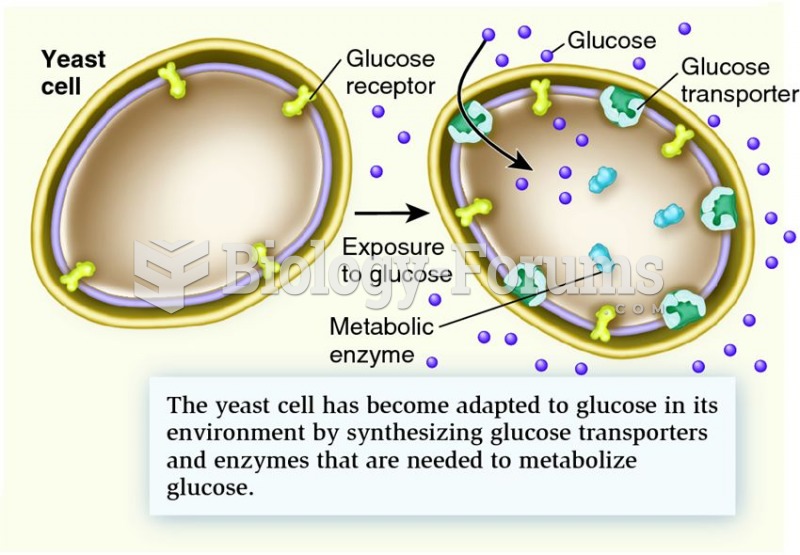|
|
|
Drying your hands with a paper towel will reduce the bacterial count on your hands by 45–60%.
People about to have surgery must tell their health care providers about all supplements they take.
The senior population grows every year. Seniors older than 65 years of age now comprise more than 13% of the total population. However, women outlive men. In the 85-and-over age group, there are only 45 men to every 100 women.
Cucumber slices relieve headaches by tightening blood vessels, reducing blood flow to the area, and relieving pressure.
As many as 20% of Americans have been infected by the fungus known as Histoplasmosis. While most people are asymptomatic or only have slight symptoms, infection can progress to a rapid and potentially fatal superinfection.
 Traction is the application of a pulling force to maintain bone alignment during fracture healing. D
Traction is the application of a pulling force to maintain bone alignment during fracture healing. D
 The yellow, blue, and green sections of the Emergency Response Guidebook (ERG). The yellow section ...
The yellow, blue, and green sections of the Emergency Response Guidebook (ERG). The yellow section ...





